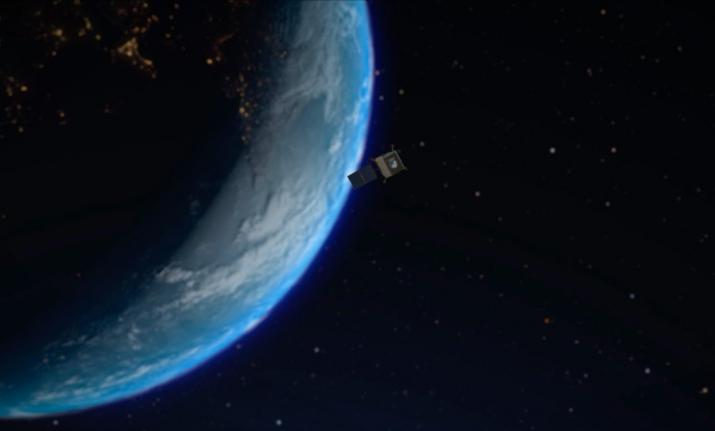Do you wish to watch the launch of Chandrayaan 2 live from Sriharikota? Then get yourself registered online on https://www.shar.gov.in/VSCREGISTRATION/index.jsp to view the launch live. It is suggested to register as soon as possible because the gallery can accommodate 5,000 people and the public will be allowed on a first-come-first-serve basis. However, watching it live won't mean that you would be all that close to the launch pad itself. The gallery for public will be five kilometres away at least, and a dense wooded stretch lies in between but it is inside the Satish Dhawan Space Centre at Sriharikota.
Chandrayaan-2: Launch date
The much-awaited lunar mission is scheduled to be launched at 2.51 am on July 15. The landing on the moon near the South Pole, an uncharted territory so far, would be on September 6 or 7.
Chandrayaan-2: Launch time
Chandrayaan-2 launch will take place at 2.51 am onboard the GSLV MK-III vehicle from the spaceport of Sriharikota in Andhra Pradesh.
Chandrayaan-2 launch: Spacecraft weight, modules, payloads
The spacecraft, with a mass of 3.8 tonne, has three modules -- Orbiter, Lander (Vikram) and Rover (Pragyan). Orbiter will have eight payloads, Lander three and Rover two.
Chandrayaan-2 launch: Mission cost
The mission cost of Chandrayaan-2 with regard to the satellite was Rs 603 crore. The cost of FSLV MK III is Rs 375 crore.
Here's what will happen when Chandrayaan-2 launches:
Orbiter, with scientific payloads, would orbit around the moon. Lander would soft land on the moon at a predetermined site and deploy Rover. The scientific payloads on board Orbiter, Lander and Rover are expected to perform mineralogical and elemental studies of the lunar surface.
The Orbiter and Lander modules would be interfaced mechanically and stacked together as an integrated module and accommodated inside the GSLV MK-III launch vehicle. Rover is housed inside Lander.
After the launch into an earth-bound orbit by GSLV MK-III, the integrated module would reach the moon orbit using the orbiter propulsion module and subsequently, Lander would separate from Orbiter and soft land at the predetermined site, close to lunar South Pole. Rover would roll out for carrying out scientific experiments on the lunar surface, noting that instruments were also mounted on Lander and Orbiter for carrying out scientific experiments.
Also Read: Chandrayaan-2 modules getting ready for launch in July, says ISRO
Also Read: ISRO to send human in space by 2022, Chandrayan 2 to be completed in 2019: Sivan

